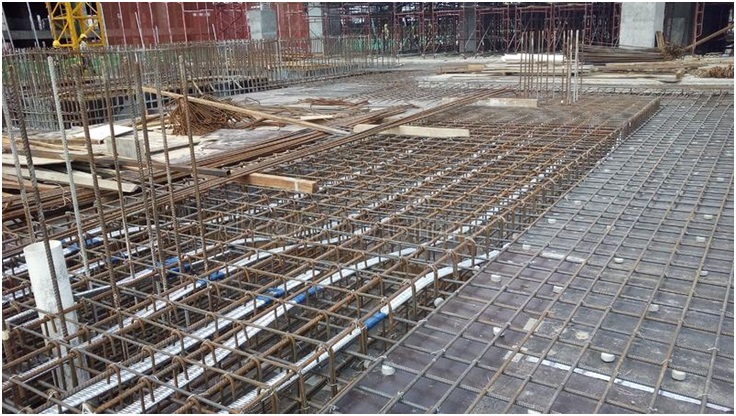The quest for earthquake-resistant buildings in structural engineering has led to numerous innovations. Post-tensioning bars are critical in creating resilient structures capable of withstanding seismic events. Post-tensioning bars are high-strength steel rods used to apply compressive forces to concrete or masonry structures after they have been cast or erected. His post-tensioning technique involves stretching these bars and anchoring them to the structure, creating a state of compression within the building elements. This compression counteracts tensile stresses that occur during normal loading and seismic events.
Mechanics of earthquake resistance
During an earthquake, structures experience dynamic lateral forces that can cause severe damage or collapse. Traditional reinforced concrete relies solely on passive resistance through steel reinforcement. In contrast, post-tensioning bars provide active resistance by introducing pre-stress into the structure.
- Increased ductility
Ductility refers to a structure’s ability to deform plastically without fracturing. Ost-tensioning bars increase the flexibility of concrete elements, allowing them to absorb and dissipate seismic energy more effectively. His enhanced ductility enables the structure to undergo more significant deformations without catastrophic failure, providing crucial time for occupants to evacuate during an earthquake.
- Crack control
Post-tensioning Bars are beneficial because they minimize cracking in concrete structures. They compress the concrete, preventing or significantly reducing the formation of tensile cracks. During an earthquake, this crack control mechanism helps preserve structural integrity and prevents the degradation of concrete strength over time.
- Improved shear resistance
Shear forces are a significant concern in seismic events, often leading to sudden, brittle failures. Post-tensioning bars enhance a structure’s shear resistance by providing additional compressive forces that help counteract these destructive forces. This improved shear capacity is crucial in critical areas such as beam-column joints and shear walls.
- Self-centering capability
A unique advantage of post-tensioned structures is their self-centering capability. After an earthquake, the residual compressive forces in the post-tensioning bars help return the structure to its original position, minimizing permanent deformations. His self-centring behaviour reduces post-earthquake repair costs and improves the building’s long-term resilience.
Applications in earthquake-resistant design
Post-tensioning bars find applications in various structural elements critical to earthquake resistance.
- Moment-resisting frames
Resisting frames and post-tensioning bars create strong, ductile beam-column connections. These connections can undergo large rotations during seismic events without losing their load-carrying capacity, significantly enhancing the frame’s overall performance.
- Hear walls
Post-tensioned shear walls offer superior lateral force resistance to conventional reinforced concrete walls. The pre-stress provided by the bars increases the wall’s in-plane stiffness and strength, making it more effective in resisting earthquake loads.
- Ridge structures
Post-tensioning bars are extensively used in bridge construction to improve seismic performance, enable longer spans, reduce the number of joints (potential weak points during earthquakes), and provide the necessary flexibility to absorb seismic energy.
Advantages of traditional reinforcement
While traditional steel reinforcement remains essential, post-tensioning bars offer several advantages in earthquake-resistant design:
- Educated concrete cracking- The pre-compression minimizes tensile stresses, reducing the likelihood of concrete cracking during normal service conditions and seismic events.
- Improved durability- Post-tensioning bars enhance the structure’s durability by controlling cracking, reducing the risk of reinforcement corrosion and concrete deterioration.
- Frequent material use- Post-tensioned structures often require less concrete and reinforcing steel, leading to lighter, more efficient designs that perform better during earthquakes.
Post-tensioning bars have revolutionized earthquake-resistant structural design. These components are crucial in creating safer, more resilient buildings and infrastructure by providing active resistance to seismic forces, enhancing flexibility, and improving overall structural performance.





